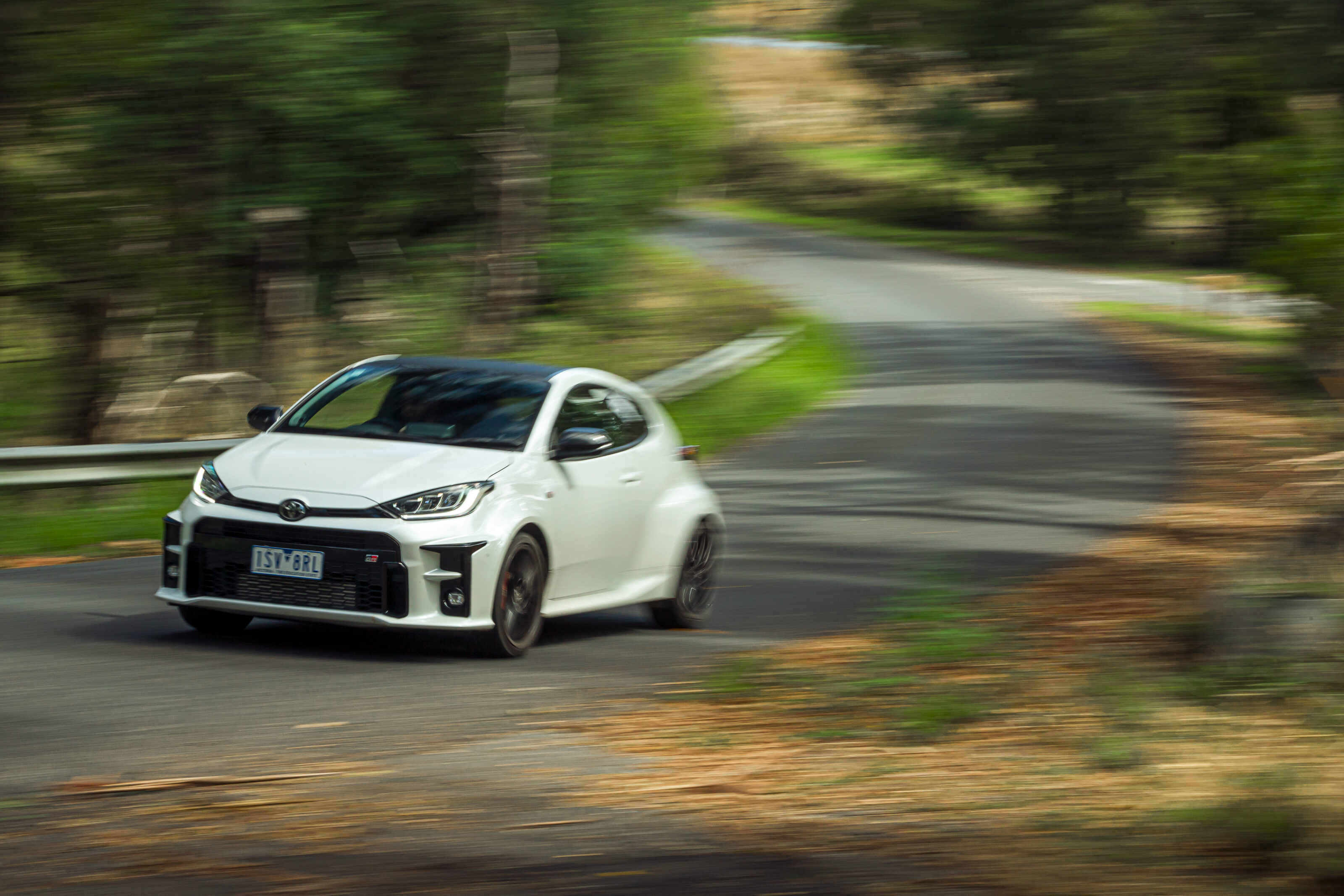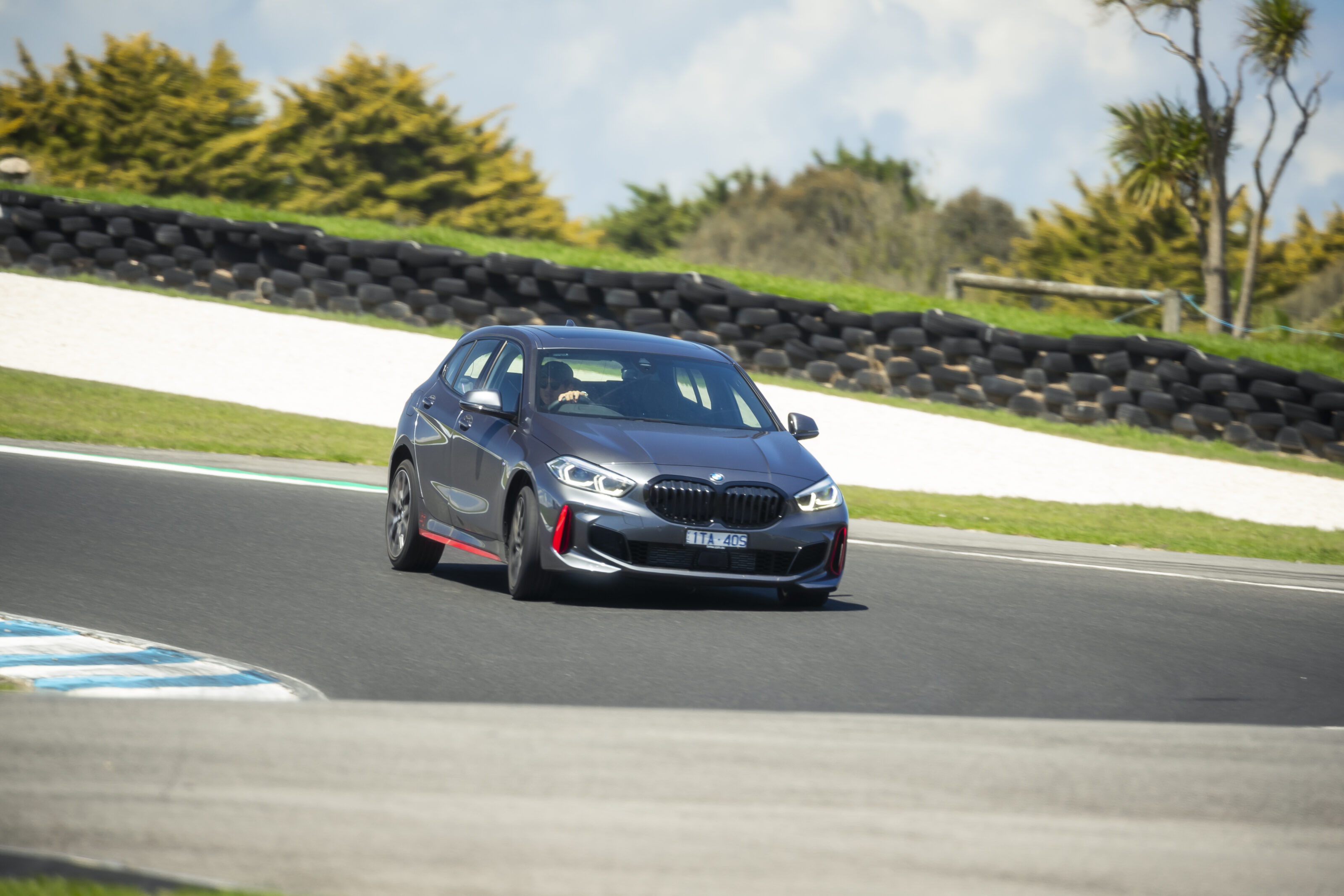The new Gen IV engine crammed into an R8 was always going to give this event a shake, and was a firm favourite for a top-six finish.
This article was first published in MOTOR magazine’s March 2005 issue.
ClubSports have traditionally done well, R8s have done even better and it’s good to see HSV hasn’t forgotten about the original design brief for the ClubSport model. This time, though, it really only scraped into the final six, filling the last space (on raw numbers) and edging out a couple of other worthy contenders.
Throw the judges’ verdicts into the mix, however, and the big Clubbie stepped up a rung to claim fifth spot. And that’s the thing with PCOTY; while bald numbers tell part of the story, there’s always that human element, influenced in this case by the fact that cars like the R8 get the wrinkles out.
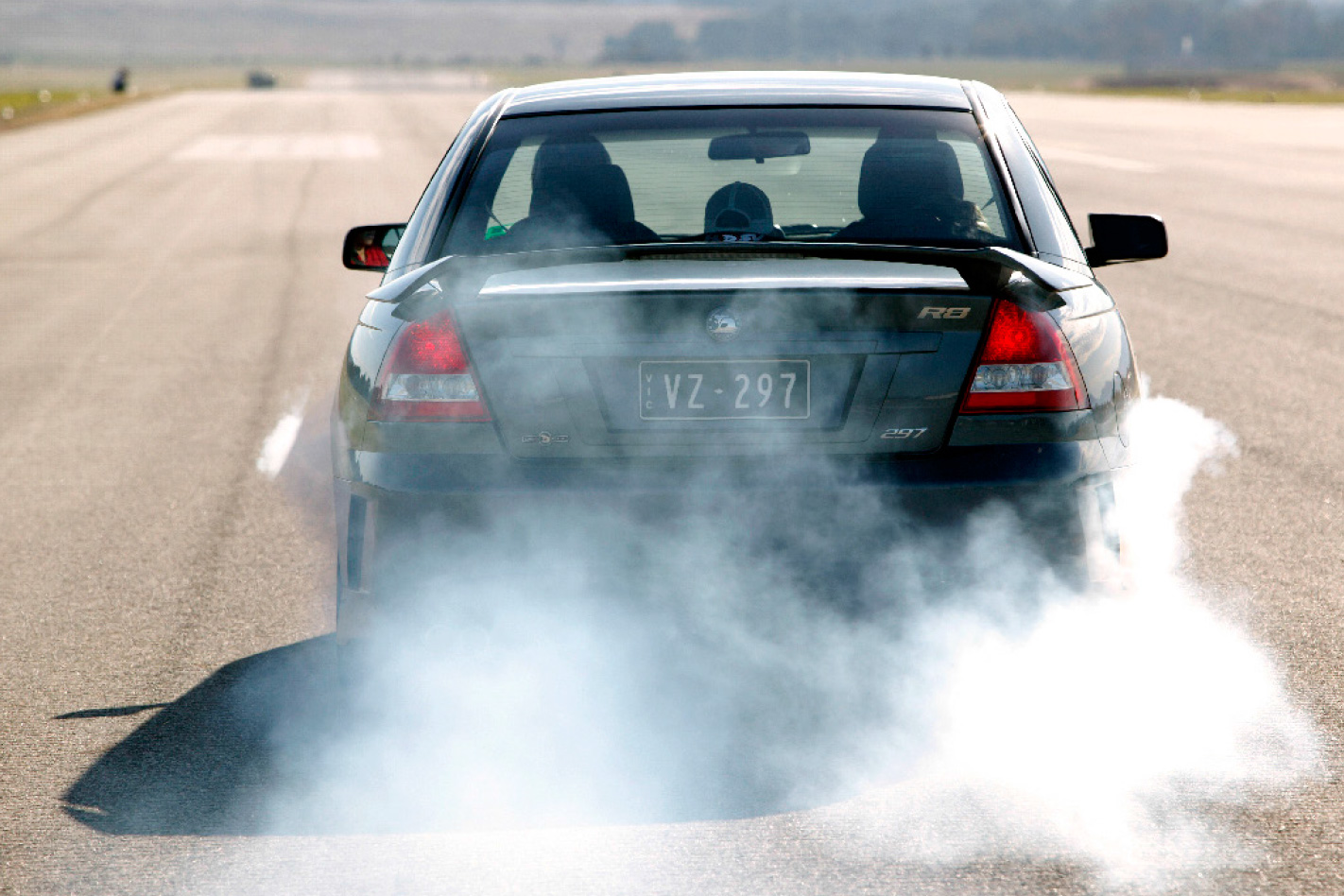
On the track there’s perhaps less difference between Gens III and IV than you might imagine, although there’s no doubt you’re fighting with a bigger stick nowadays. The thing is, because you’re keeping the powerplant revving hard all the time on a racetrack, the Gen III never really fell out of its powerband.
Nope, the big advantage of the Gen IV is most readily seen on the road where the new engine needs none of the wind up the earlier donk required. Similarly, it can be run down to low revs and still yodel when you open her back up.
At the Hillclimb, the Gen IV was a real revelation, storming from corner to corner and able to grunt up the steepest part locked in third gear.
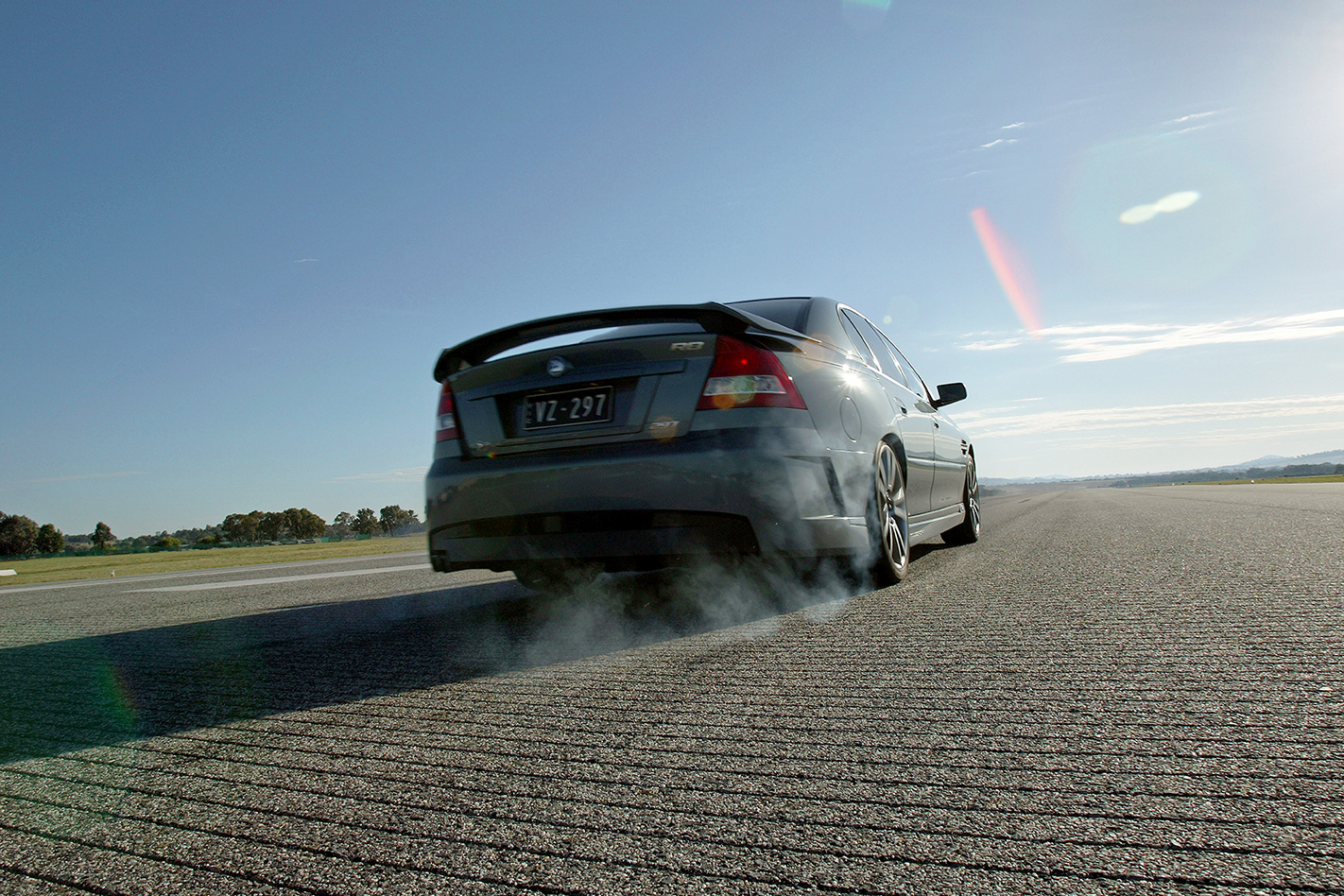
The fact the previous VY model Clubbie and the new VZ are very closely related means they feel otherwise the same. Throw in the fact the all-new VE shell isn’t far away, and you can see why HSV more or less left well enough alone.
But don’t go thinking the VZ feels old fashioned because the basic chassis can still cut it, even if the rear end now has its work cut out getting the torque to the road. Bitches are few and far between, but it remains a shame the R8’s previous excellent front pews have been replaced by chairs with much less side support.
Yes, they’re easier to get in and out of, but they are no longer the best in the biz. Pity.
Slow Tracked
Whither the ClubSport? Off the boil, pace-wise, or is there a deliberate corporate strategy of banging harder in a straight line while feeling nicer mid-corner? At their fastest, the Commodore-based cars leaned heavily on their outside front tyres, squatted notably on the tail and gave superb power down.
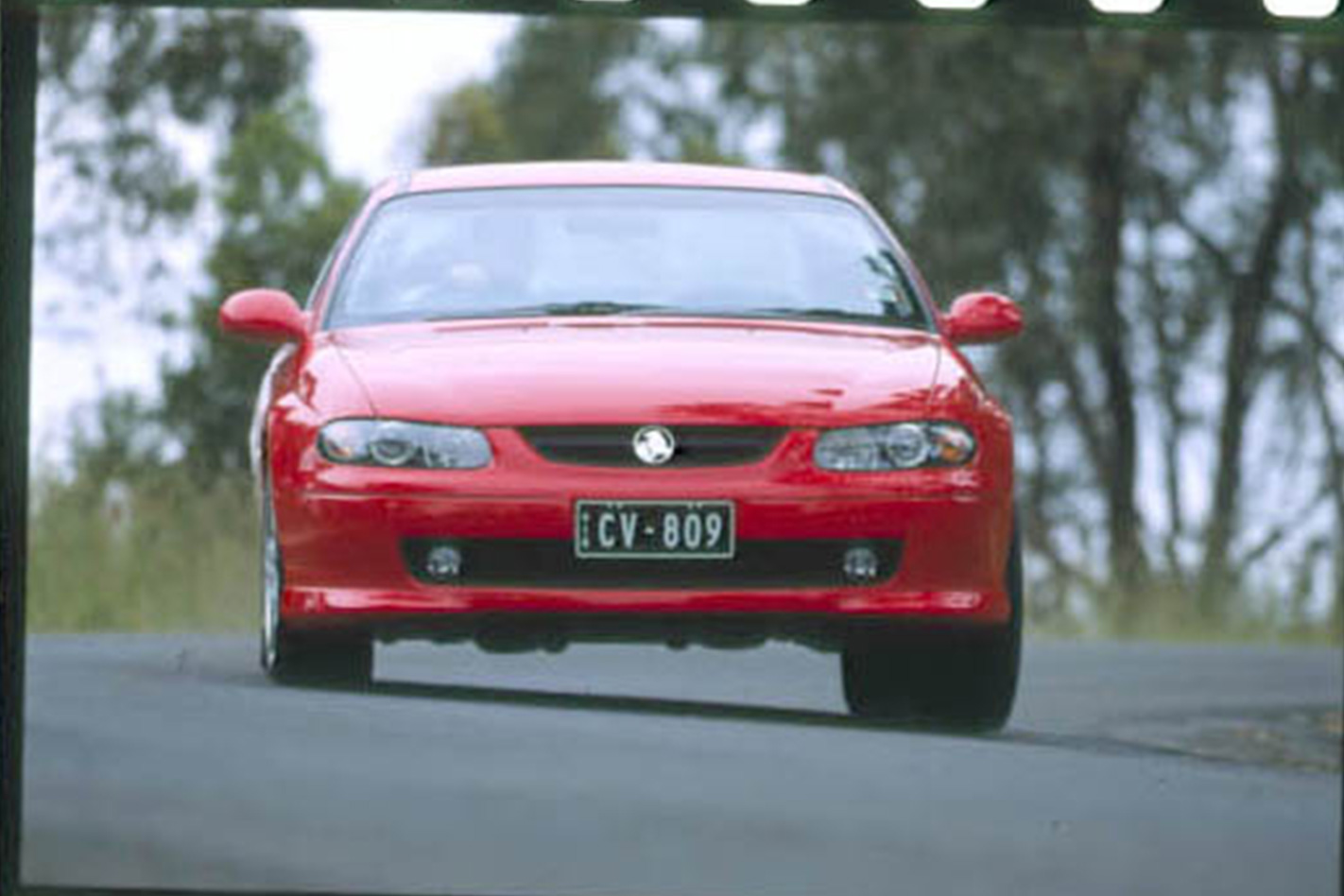
The ClubSport R8 of 2004 ran 1:43.50 and even said Munro ran 1:43.69. When HSV went from Bridgestone S02s to the harder S03s, the cars lost lap speed. They’ve lost more again with the switch to even harder Pirellis. About two seconds a lap, we reckon.
HSV Clubsport R8 Specs: Drive: rear-wheel Engine: front-mounted 6.0-litre pushrod 16-valve V8 Power: 297kW @ 6000rpm Torque: 530Nm @ 4400rpm Weight: 1696kg Transmission: six-speed manual Length/width/height: 4890/1842/1450mm Fuel Economy: 29.5 litres/100km (75L tank) Price: $70,990
Performance 0-100km/h: 5.83sec 0-400m: 14.01 @ 169.1km/h 0-1000m: 24.88 @ 223.2km/h Winton lap time: 1:44.07 Winton top speed: 173km/h


